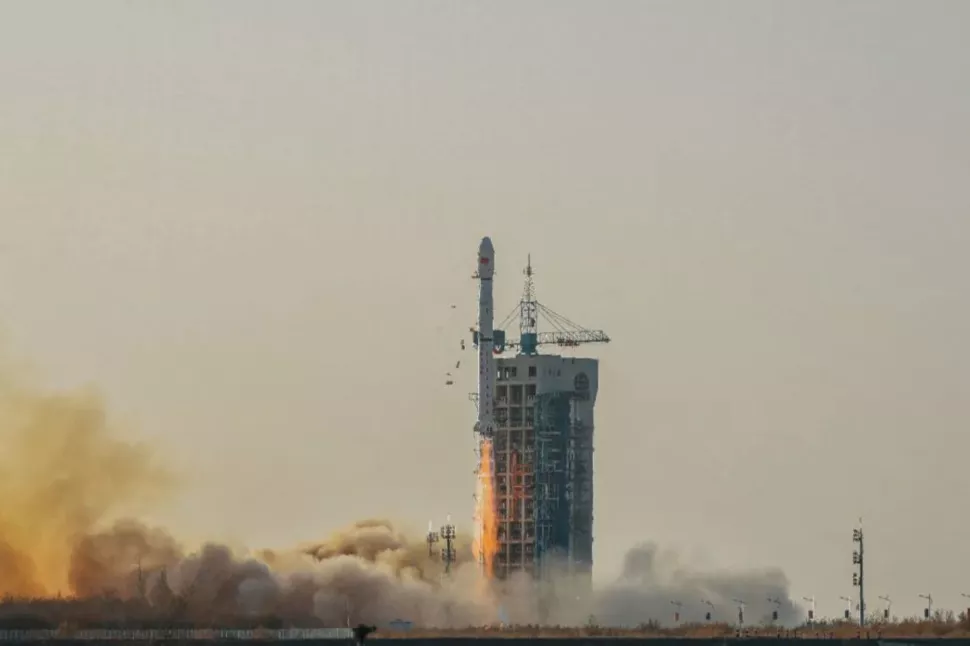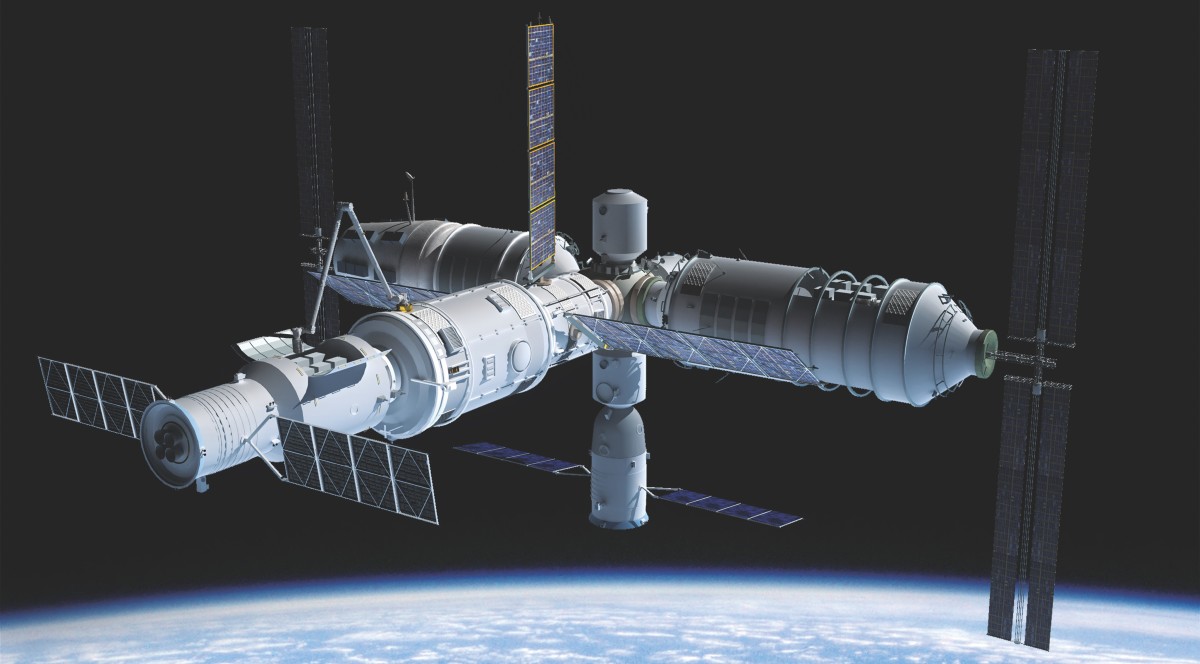China to complete ‘Heavenly Palace’ and break world record for space launches in 2022
China plans to launch 60 space missions by the end of the year.

China will complete more than 60 space launches in 2022.
China completed 55 successful launch missions in 2021, setting the current world record. However, the country is planning to break its own record.
It is already off to a good start. The China Aerospace Science and Technology Corporation (CASC) — China's main space contractor — has, as of April 26, launched 10 rockets into space containing a variety of satellites, such as the communication Zhongxing-6D satellite and environmental monitoring probe Gaofen-3 03.
Among the 60 planned launches for 2022 are six crewed missions to complete the construction of China's Tiangong space station — meaning "Heavenly Palace."
The Chinese Manned Space Agency (CMSA) is constructing Tiangong in space, where it will orbit between 211 and 280 miles (340 to 450 kilometers) above Earth, Live Science’s sister site Space.com reported.
Related: NASA set to launch 2 rockets into the northern lights
Once completed, the massive space station will consist of three modules — one of which, called Tianhe (meaning "harmony of the heavens"), was launched back in May 2021. This maiden module will be the space station's core module and the main habitat for up to six resident astronauts — also known as taikonauts.
Sign up for the Live Science daily newsletter now
Get the world’s most fascinating discoveries delivered straight to your inbox.
The first of the six six Tiangong missions will resupply the Tianhe module via the Tianzhou 4 cargo spacecraft, which is scheduled to launch from Wenchang, China, in May 2022.
In June 2022, the Shenzhou 14 mission will launch three astronauts to the Tianhe module for six months. During this time, the astronauts will prepare the Tianhe module for the arrival of the remaining two modules needed to complete the Tiangong station, according to The State Council of the People's Republic of China.
In July 2022, China will launch Wentian (meaning "quest for the heavens"), the second module, followed by Mengtian (meaning "dreaming of heavens") in October 2022. Wentian and Mengtian are laboratory modules and will together host around 1,000 scientific experiments approved by CMSA, according to Nature news. .

Once the three modules have been launched, a mission named Shenzhou 15 will take three more astronauts to the Tiangong station to join the Shenzhou 14 crew, according to The State Council of the People's Republic of China.
The six astronauts will live together on the station for between five and 10 days before the Shenzhou 14 crew returns to Earth. The Shenzhou crew will then spend another six months completing the integration of the Tiangong modules, according to the Chinese news site China Military Online.
"We will complete the rendezvous and docking of the two lab modules with the core module under manned condition to complete the T-shaped design for the space station," Bai Linhou, the deputy chief designer of space station system at CASC, told China Global Television Network (CGTN). "Once completed, we will run a comprehensive test of the T-shaped space station, which will last for about a month. After that, it will enter full operation."
Originally published on Live Science.

Scott is a staff writer for How It Works magazine and has previously written for other science and knowledge outlets, including BBC Wildlife magazine, World of Animals magazine, Space.com and All About History magazine. Scott has a masters in science and environmental journalism and a bachelor's degree in conservation biology degree from the University of Lincoln in the U.K. During his academic and professional career, Scott has participated in several animal conservation projects, including English bird surveys, wolf monitoring in Germany and leopard tracking in South Africa.









